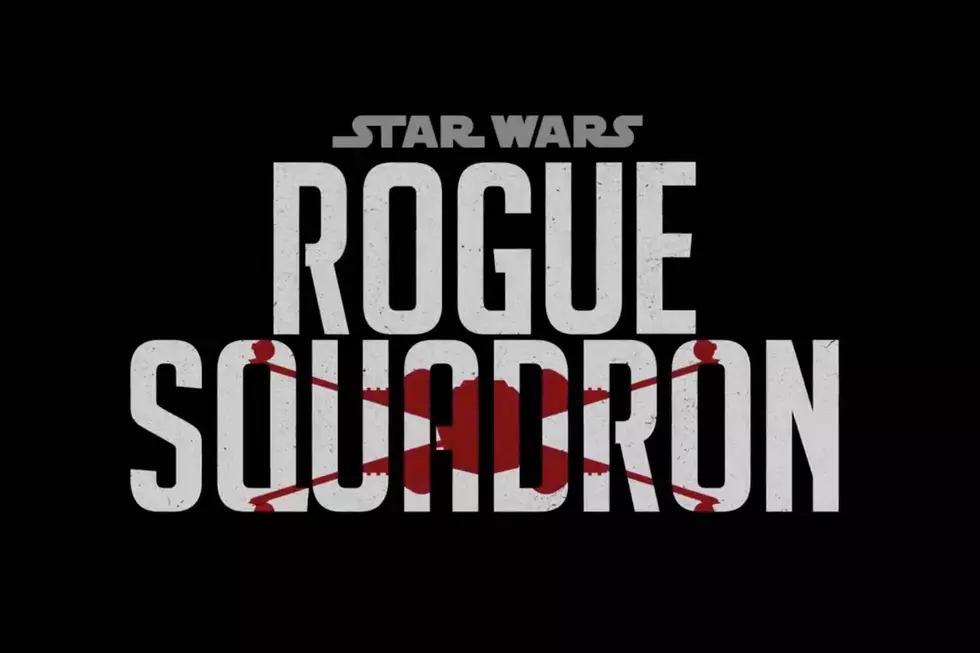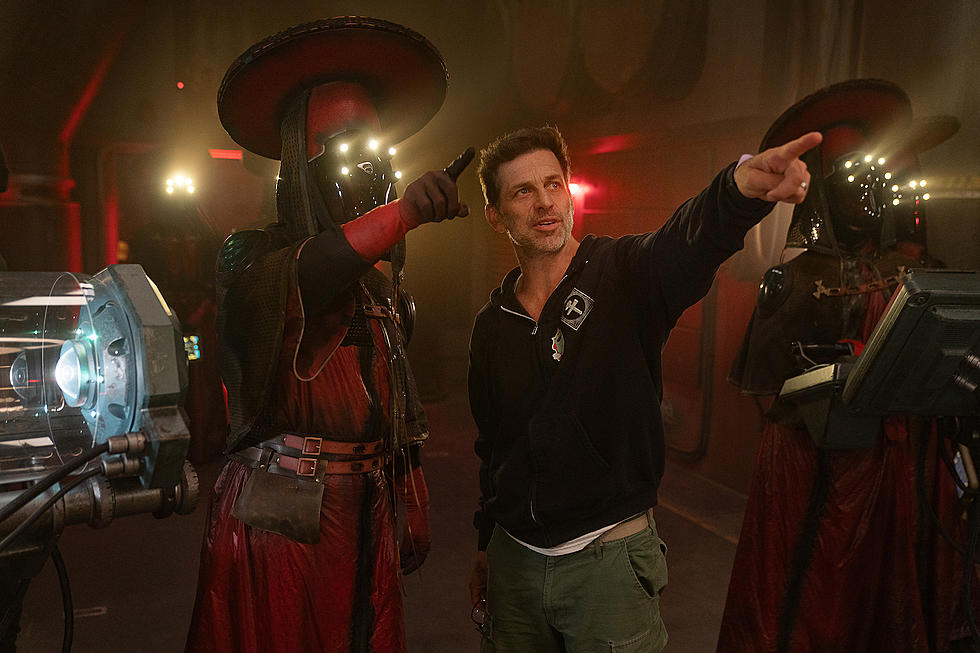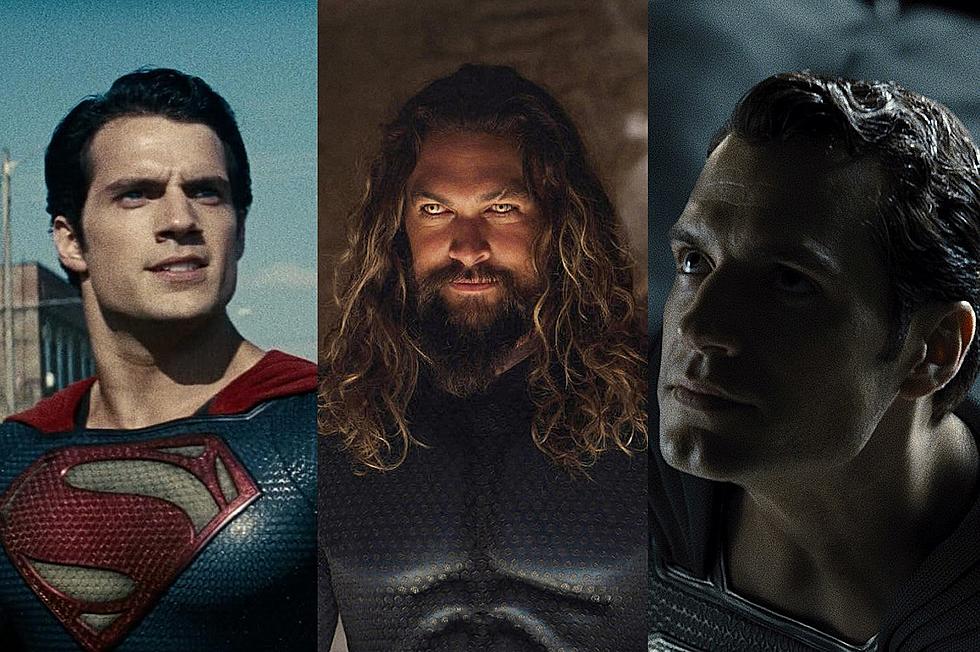
‘Justice League’ Proves That ‘Wonder Woman’ Needs Patty Jenkins
It’s no secret that Wonder Woman was such a hit that Warner Bros. (very wisely) put Gal Gadot’s DC superhero front and center in the marketing for Justice League. Unfortunately, fans hoping for a worthy follow-up to the Amazon warrior’s solo film may be disappointed — not by her presence, which is understandably limited though always welcome, but by the way Diana Prince is presented in comparison to her masculine super-peers.
Some would argue that a filmmaker’s gender is inconsequential to their talents, and while that should be true to some extent, Wonder Woman made a strong case to the contrary. If there were any lingering doubts about the importance of hiring a woman to direct a female superhero movie, Justice League effectively puts them to rest. With Wonder Woman, Patty Jenkins brilliantly highlighted the striking difference between the male and female gaze, In Justice League, Zack Snyder (with an assist from Joss Whedon) painfully inverts that perception of Diana, and unwittingly proves why Jenkins’ involvement is so necessary.
Generally speaking, Diana is great. She’s the most compassionate and thoughtful hero in a group that includes Jason Momoa’s whisky-swilling Aquaman, Ezra Miller’s quippy Flash, Ray Fisher’s cerebral Cyborg, Henry Cavill’s brawny Superman, and Ben Affleck’s brooding Batman. Unfortunately, Snyder’s camera doesn’t love Diana the same way her audience does. We appreciate her physical power as an extension of her mental strength — elements that Jenkins beautifully intertwined in Wonder Woman. But Snyder isn’t so much concerned with her brain as he is with her body.
Almost every time Gadot appears on screen in Justice League, she’s introduced butt or chest first, and often filmed at low angles from behind. The camera doesn’t love her; it leers at her, and it invites the audience to do the same. Part of what made Wonder Woman so impactful was the way Jenkins shot Gadot and the other Amazon warriors. They were a diverse array of powerful women, and Jenkins never shied away or tried to soften what some male directors might perceive as flaws: Wrinkles, weathered skin, bodies that have been truly lived in. There is a moment when Diana’s thigh jiggled on that massive theater screen and it was rapturous because it was so real.
Snyder presents a version of Diana that is rooted in unrealistic standards. It is the embodiment of an archaic masculine perspective that sees the full form of a woman not as the summation of her experiences and thoughts, but as a suggestion. Jenkins directly addressed that conventional femininity in Wonder Woman when Diana puzzled over the senseless and suffocating impracticality of women’s clothing and challenged the absurdity of our patriarchal society.
Much attention has already been paid to the Amazon warrior costumes in Justice League, which feature a surprising amount of bare midriffs, but in all fairness, their training outfits in Wonder Woman weren’t all that different. More striking to this viewer are the changes to Diana’s costume — or at least what appear to be changes based on how she’s filmed. There are many moments in Wonder Woman where Diana spins and kicks and sprints and leaps, but despite the short length of her skirt, there’s never anything suggestive or remotely sexual about it. In Justice League, there are a handful of moments where we clearly see Diana’s butt under her skirt; moments when she’s barely even moving at all.
Beyond the physical objectification, Snyder reduces Diana to a motherly figure. She becomes the indulgence of the outmoded desire for a woman to be both madonna and whore. A typical scene might begin with the camera leering at her rear and end with her proudly beaming at Cyborg for being such a good robot boy; a sequence that starts by lingering on her breastplate concludes with her tsk-tsking her super-pals for behaving like a bunch of children.
Though Aquaman and Superman are shirtless for a good portion of their screen time, the camera never really ogles them in the same way it does Wonder Woman. They’re depicted with classic hero shots; their masculine personas glorified and revered. Diana is almost always the object and hardly ever the subject in the visual grammar of Snyder, who sees her as a soothing presence — both sexually and maternally — for a male audience.
There are many reasons why Wonder Woman became the highest-grossing superhero origin movie of all time: Gal Gadot is perfectly cast, her chemistry with Chris Pine is phenomenal, the script is clever, the action is thrilling, the concept of an island inhabited only by powerful Amazon warrior women is exhilarating, and the thematic exploration of humanity and compassion is quite poignant. But above all else, Wonder Woman works because of the woman behind her. Seeing Diana through her eyes felt like an earth-shattering revelation.
With Wonder Woman, Patty Jenkins masterfully delivered an object lesson in the value of the female gaze. With Justice League, Zack Snyder woefully administers an abject lesson in objectification.
More From ScreenCrush









